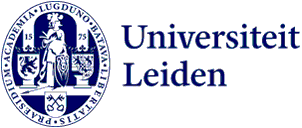Don't be fooled by phishing
You think you can spot a phishing scam: a suspicious email that asks for your password or other personal data. But these emails are becoming increasingly plausible, so you could still fall into the trap. That’s why this method is still used so often by people with malicious intent. Did you know that phishing is one of the most common security incidents?
The use of smart technology like AI is making phishing emails look better all the time. Whereas in the past, a prince in a distant country would ask you for a favour in bad English, you now get a very accurate imitation of an email from your bank, asking you to change your login details. The following simple tips will help you to prevent misuse.
Make an initial assessment of whether something seems trustworthy or not: think about whether the message is actually like the kind of emails you normally receive. Is it logical to receive the message at this email address? If it seems unusual because you never get messages from this person or organisation, or if the content itself is unusual, you should be extra vigilant!
Check the sender of the message carefully to decide whether something is legitimate or fake. A few ‘fake’ examples are: mail@1eidenuniv.nl, mail@leidenuniv.ru, mail.leidenuniv@gmail.com and mail@leidenunive.nl.
It’s not only important to check the sender: the content of the message can also be deceptive. If you’re asked for personal data, or you have to log in via a vague link to update information, this in itself is a reason to be extra careful. To quickly check whether a link is safe, go to www.checkjelinkje.nl.
Does the email threaten you with a fine, bailiffs, legal action or cancellation of an important service if you don’t take action immediately? Be particularly careful with messages like this. If you’re in doubt, look up the sender’s official contact details and call them on the phone.

